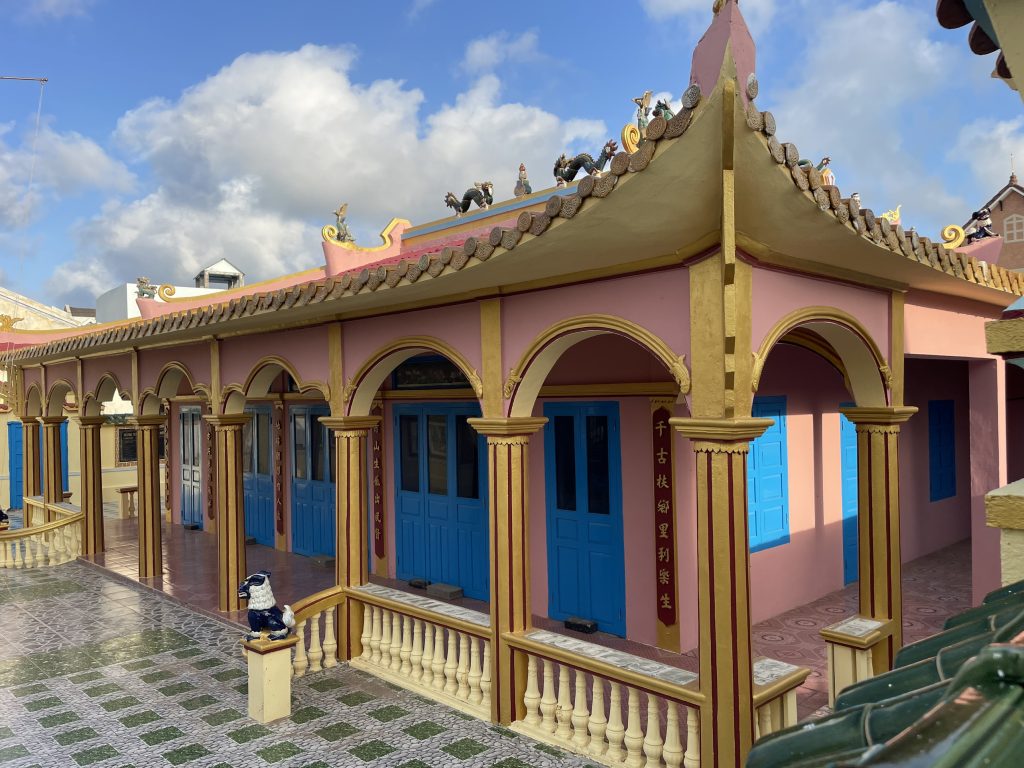Located in Long Hải Commune, the Long Hải Village Communal House—also known locally as Nhà Vuông (Square House)—was established in the late 18th century. This communal house preserves numerous valuable artifacts and Hán-Nôm documents that are closely tied to the history of the formation and development of Long Hải Village and Phú Quý Island over the past 200 years. However, the original imperial decrees (sắc phong) honoring the village’s Thành Hoàng (tutelary deity) have been lost.
This loss occurred after 1975, during the transitional period between regimes. At that time, those assigned to manage the site lacked awareness of the historical and cultural value of these decrees, dismissing them as remnants of the feudal system. As a result, the documents were either destroyed or lost.
Each year, the Long Hải Communal House holds two major ceremonial festivals: the Spring Ritual (xuân cầu) takes place in the first or second lunar month, and the Autumn Ritual (thu trả) occurs in the seventh or eighth lunar month.
Having stood for more than 200 years, the communal house has been maintained and restored through the collective efforts and contributions of generations of local residents. It is regarded as one of the most important historical and cultural monuments on Phú Quý Island, representing both tangible and intangible cultural heritage. The site preserves valuable immovable and movable relics related to history, culture, architecture, and traditional artistry. It also holds Hán-Nôm archival materials and relics connected to the cultural and historical identity of Long Hải Village and Phú Quý Island as a whole.
In recognition of its historical and cultural significance, Long Hải Village Communal House was officially designated as a provincial-level historical and cultural site by the People’s Committee of Bình Thuận Province under Decision No. 1995/QĐ-UBND, dated September 7, 2010.










